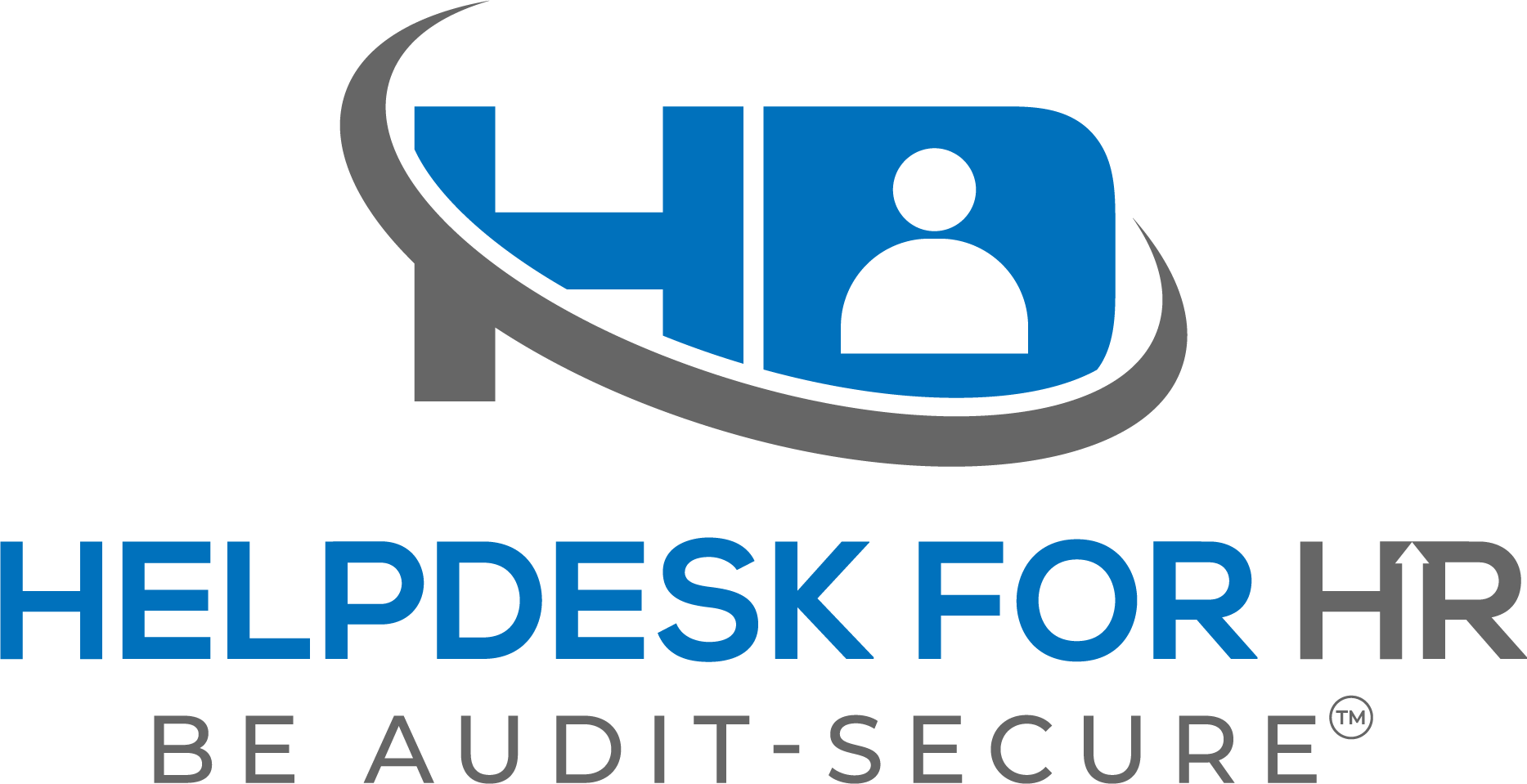No. Before the task is performed, the employer must make a good-faith judgment about whether the task will take more than four hours. This judgment should be based on previous experience and other available information. If the employer anticipates that an employee will be engaged in a task for more than four hours, the employer must provide the employee, at the beginning of the shift, the respiratory protection required in the “greater than four hours/shift” column on Table 1. If, in contrast, the employer anticipates that an employee will be engaged in a task for four hours or less, the employer needs to provide respiratory protection in accordance with the “less than or equal to four hours/shift” column (which in many cases does not call for the use of anyrespiratory protection). However, if the employer experiences unforeseen difficulties or other circumstances that are expected to extend the task duration beyond four hours, the employer must provide the respiratory protection required in the “greater than four hours/shift” column as soon as it becomes evident that the duration of the task may exceed the 4-hour threshold. (In that situation, the 4-hour mark is still measured from the beginning of the task, not from the time the expected duration of the task changes.)
For example, in the case of an employee grinding concrete walls indoors, the employer should know, in advance, the area of the surface that is to be worked on in the course of a shift. If, based on the employer’s experience, the time needed to grind that area is typically less than four hours, the employer would not have to provide the respiratory protection required in the “greater than four hours/shift” column. If, however, using the same example, unforeseen circumstances arise part-way through the task that will result in the task taking more than four hours, the employer must provide the respiratory protection called for in the “greater than four hours/shift” column as soon as the unforeseen circumstances occur.
October 2018
Tags: OSHA, Exposure Control Methods
